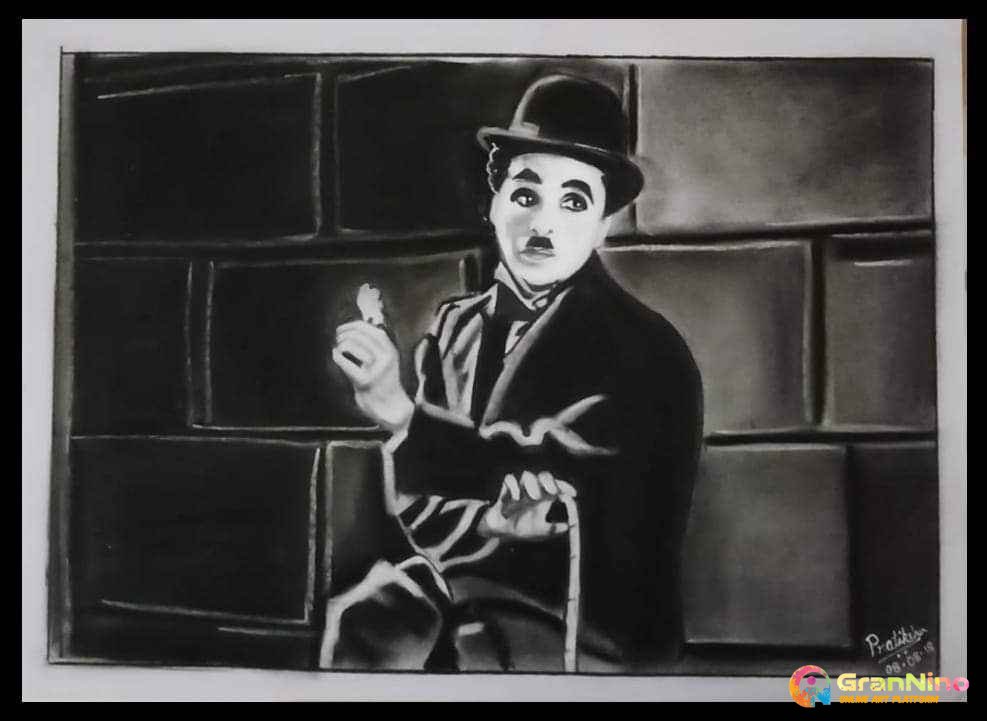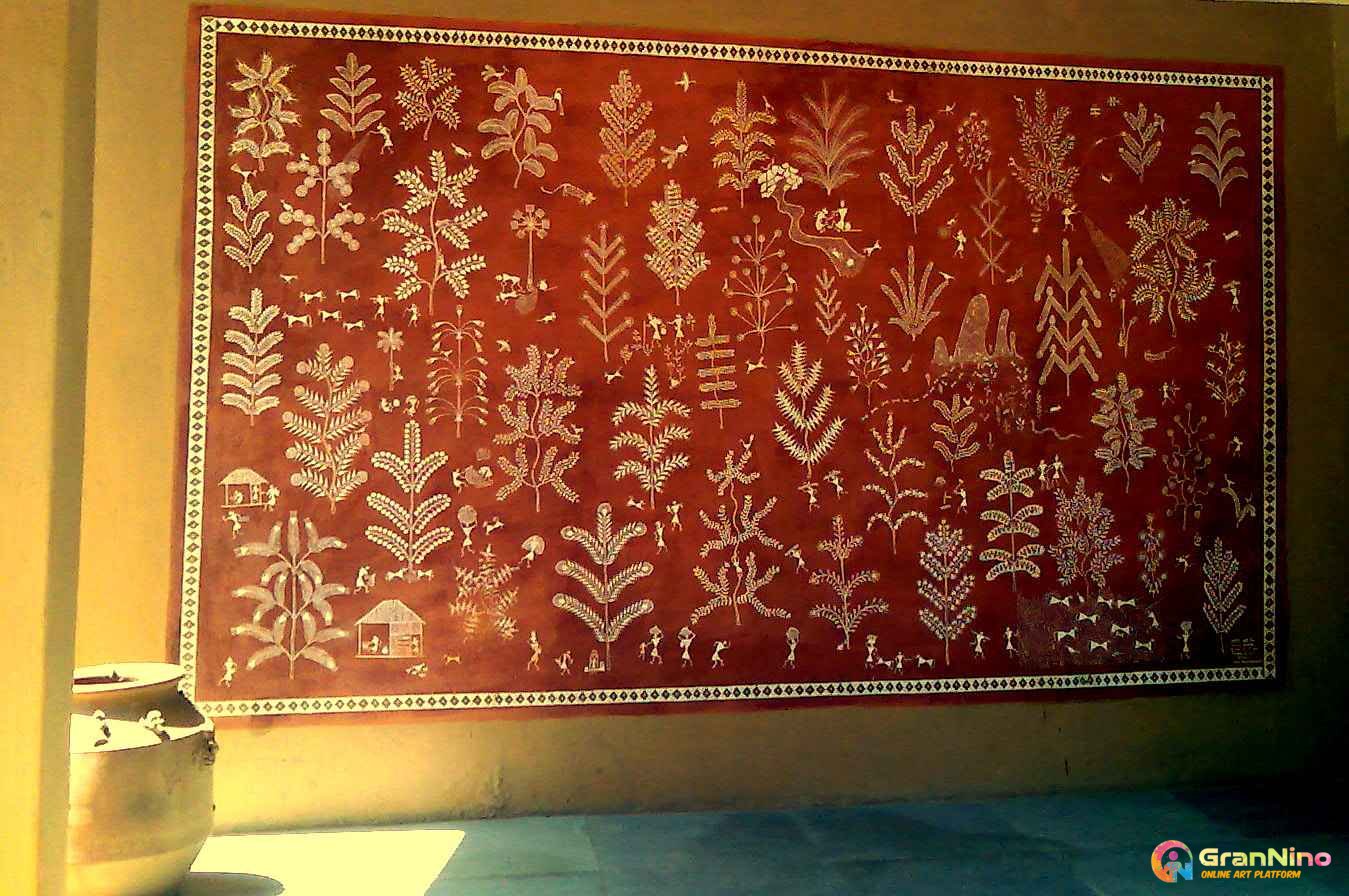Difference Between Colored Pencil and Pastel Pencil Drawings
The word "pastel" originates from the Medieval Latin pastellum, which means "woad paste," and the Late Latin pastellus, which means "paste." The word pastel first appeared in French in 1662 and originated in northern Italy in the 16th century and were used by Jacopo Bassano and Federico Barocci. Pastels have been used by artists since the Renaissance, but it gained a huge popularity in the 18th century when a number of well-known artists like Edgar Degas, Mary Cassatt and Odilon Redon made pastels their primary medium.
On the other hand, The color pencil sketch is a type of art similar to pencil sketching, but the only difference is that it has a wide range of colors instead of just black. Color Pencil sketch is a part of Pencil Sketching, but the color pencil is made up of pigments and binders instead of graphites.
Similar to the Pencil Sketching, there is no known history of color pencil sketching. But we have seen many artists get influenced by this type of paintings, those were CJ Hendry, Marco Mazzoni, Veronica Winters etc. Also there is a record of using oldest known color pencil sketching by Johann Sebastian Staedtler around 1834 AD.
On the contrary, Ordinary colored pencils are not the same as artistic colored pencils. Regular color pencil have less wax and pigment than professional art crayons. Colors that are truly rich, deep, and luminous are produced by artistic quality pencils. It's possible that the finished painting will be much smooth and colorful that it will look like a complete painting.
But, Colored pencils allow artists to add precision and detail to their sketches while also creating vibrant artworks. When compared to other painting materials, colored pencils are inexpensive and simple to use. Color pencils are made up of wax like binders but still they are made a little more brittle as compared to the pastel pencils.
In opposition, Artists can smooth colored wax or pigments using mixed solvents and brushes, apply color layers to remove formed lines, and darken, smooth, and lighten the entire image.
Although, Although color pencil sketching can be done on different surfaces such as wood, plastic, metal, clay etc., but the paper, which is by far the most popular choice among colored pencil artists. Specially the acid free papers, appropriate texture and weight will makes the final artwork more vibrant. Colored pencils can be used to color drawings with light strokes to bring out the colors on the paper, or they can be used to create continuous layers of numerous color layers. Because crayons are essentially a dry material, and the drying time is negligible.
Instead, Professional color pencil artists focus on various aspects while painting with color pencils such as Layer Colors, Pencil Pressure, Quality of medium, and most importantly if they use papers they greatly focus on paper texture and weight. For multiple layer blending Rough paper is used, for textured finish medium grain paper or cold press or vellum paper is used and for fine and detailed colors hot press, plate or fine grain paper is used. Moreover heavy weight paper is used for blending with solvents or combining your pencils with wet media.
Yet, Instead of graphite, which is bound together with wax, oil, or turpentine, the lead of an art pencil is a pigment. Chemicals that make up these pigments are typically thought to be non-toxic. Your skin or mouth may become stained by pigments, but this is harmless and will go away on its own.
Article Details
Publish Date: 12/12/2021
Related Tags:
Pastel Drawing grahite color Pastel Drawing ideas pastel art for beginner pastel art for kids color pencil grahite color color pencil ideas acrylic for beginner color pencil ideas
Advertise Here Contact us





















